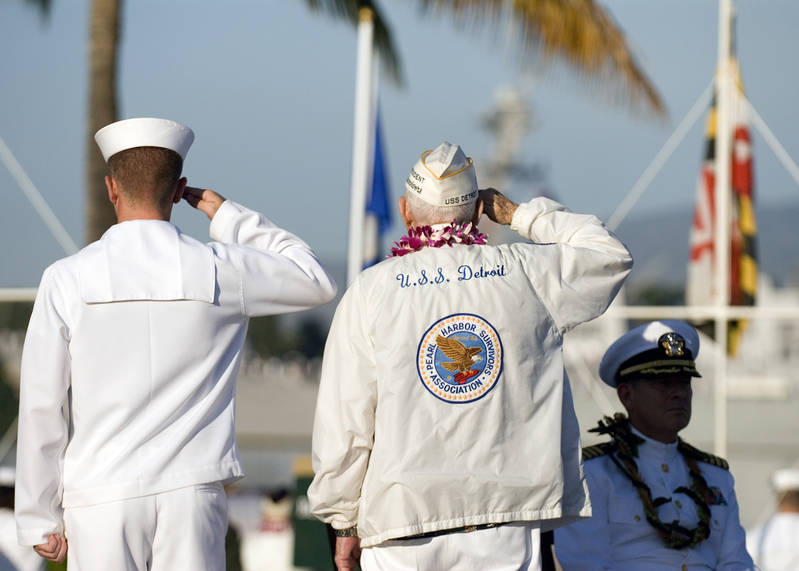
Welcome to MSW’s Scuttlebutt! Here’s the news for the day.

Naval Strike Missiles (NSM) Contract with Poland
Source: Kongsberg Defence Systems
Kongsberg Defence Systems has signed a MNOK 660 contract with the Polish Ministry of Defence. The scope of the contract includes Naval Strike Missiles (NSM) and logistics equipment.
The contract is pending approval of the related offset contract.
Kongsberg is an international, knowledge-based group that supplies high-technology systems and solutions to customers engaged in the oil and gas industry, the merchant marine, and the defence and aerospace industries. In 2009, Kongsberg had a turnover of NOK 13.8 billion, and the Group had 5 423 employees in more than 25 countries as of 31 December 2009.
This information is subject to disclosure requirements pursuant to §5-12 of the Norwegian Securities Trading Act.
BACKGROUND NOTES:
When searching for missiles for its new frigates and coastal corvettes, the Royal Norwegian Navy studied thoroughly existing missiles on the market and the planned upgrades of these. None of these missiles were found to satisfy the requirements of a modern navy well into 2015 and beyond. It was therefore decided to develop a completely new missile based on latest technology, the NSM.
NSM is the only fifth generation long range precision strike missile in existence as per today. Already chosen by the Royal Norwegian Navy for its new frigates and new coastal corvettes, the NSM will be fully operational on these ships when they enter service in the near future. The NSM is also selected by the Polish Navy for use on its new coastal artillery installations.
The NSM is a very flexible system which can be launched from a variety of platforms against a variety of targets.
The airframe design and the high thrust to weight ratio gives the NSM extremely good maneuverability. The missile is completely passive, has proven its excellent sea skimming capabilities and with its advance terminal maneuvers it will survive the enemy air defences. The Autonomous Target Recognition (ATR) of the seeker ensures that the correct target is detected, recognised and hit, at sea or on land.
Being a cost-effective system which has demonstrated unsurpassed capabilities in numerous tests, the international interest for this missile is strongly increasing in NATO and other countries.
Indian Navy Sees Midget Submarines as Primary Threat
Source: Forecast International
The Indian Navy and Coast Guard believe that improvised mini-submarines constitute the nation's primary emerging threat. These may range from swimmer-delivery vehicles of the type employed for recreational scuba diving to remotely operated vehicles and autonomous underwater vehicles. These types of vehicles are already in service with the navies of Iran, Myanmar and Pakistan (all having procured them from North Korea).
As has been amply demonstrated by the navies of North Korea and Iran, these small vessels make good platforms for ambushes even at submerged depths of 150 feet, enough room for the midget submersible to maneuver. These submarines cannot travel too far on their own, and depend on support vessels to extend their range. However, in their shallow water element where sonar returns are cluttered, they can prove quiet and deadly. Their capabilities include the ability to lay mines or insert commandos on beaches.
As North Korea demonstrated with the sinking of the Cheonan, attacks from midget submersibles can also include torpedoes armed with 250-kilogram warheads.
The Indian Navy believes that two factors heighten the risk of an ambush by midget submarines against Indian warships. These are the complex sonar picture of shallow water where these small submersibles can operate, and the absence of a network of seabed-mounted sonar transducers dotting the Indian coastline. With the exception of Port Blair, none of the 200 non-major ports in India are equipped with any identification or surveillance systems, and there are currently no concrete ground rules for patrolling India’s inshore coastal areas and the numerous creeks and rivulets along the coastline.
In early 2009, the Indian Navy proposed that a Maritime Security Adviser (MSA) be appointed, along with a supporting Maritime Security Advisory Board (MSAB), to take stock of the growing oceanic influence on India’s foreign policy. The intention was for the MSAB to coordinate the operations of more than 14 government departments and agencies responsible for various elements of maritime affairs with several security agencies with jurisdictions along India’s coastline. This proposal has not been adopted.
This Day in U.S. Naval History
1938 - Prototype shipboard radar, designed and built by the Naval Research Laboratory, is installed on USS New York (BB 34).
1941 - USS Swordfish (SS 193) makes the initial U.S. submarine attack on Japanese ship.
1952 - A strike from Task Force 77 aircraft destroys a munitions factory and several rail facilities near Rashin, North Korea.
Photo of the Day

Art Herriford, right, president of the Pearl Harbor Survivors Association, salutes as Sailors aboard the guided-missile destroyer USS Chafee (DDG 90) render honors.
Gator











